- Newsroom
- >
- How Fashion Brands Continue to Lead the Way in Gaming
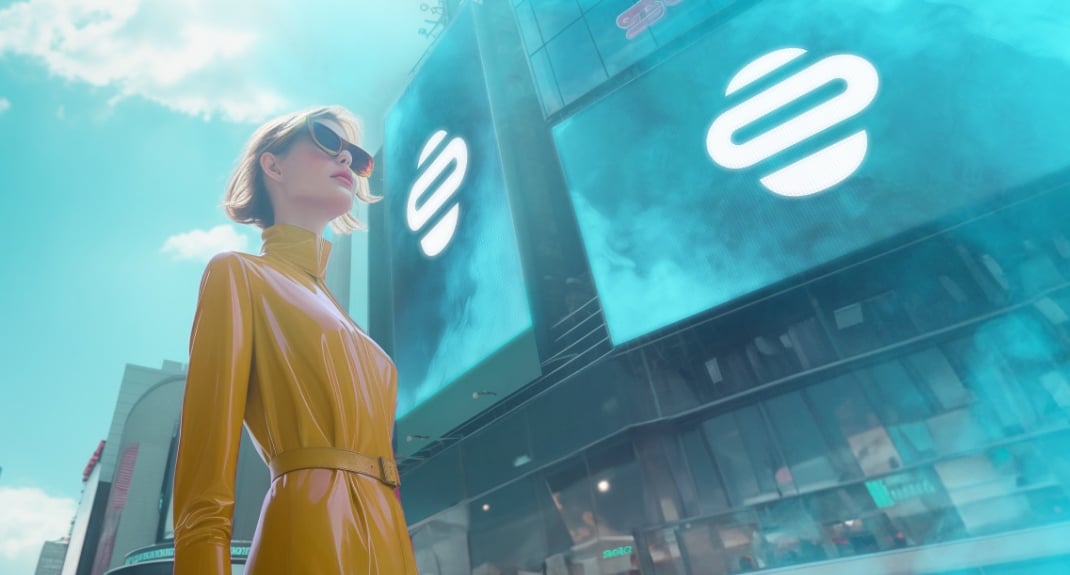
How Fashion Brands Continue to Lead the Way in Gaming
The convergence of fashion and gaming is a trend that isn’t going out of style anytime soon. As video games have become some of the world’s biggest playgrounds for social activity and community, they continue to be a place where real-world fashion brands can reach one of the biggest audiences on the planet.
Within the last year, some of the largest names in fashion — ranging from Louis Vuitton, Coach, Tommy Hilfiger, Crocs, and Clarks — have reached a wide range of consumers through creatively crafted in-game advertising campaigns.
London Fashion Week is just around the corner (from February 16-20), which showcases hundreds of the UK's leading names in fashion each year. In light of the upcoming event, let’s look closer at how major fashion labels are continuing to reach gamers and why this makes in-game advertising an ideal marketing strategy for brands seeking untapped audiences and new revenue streams.
Fashion and gaming: a creative match made in heaven
Research has shown that in recent years, fashion enthusiasts have developed a clear interest in gaming. After researching US gamers, we found that 76% followed fashion brands and influencers, and 66% were consumers of luxury branded products.
Given that the link between identity and fashion has always been close, this is not a coincidence. In the real world, people have always used fashion concepts and apparel to convey their individuality and sense of style — something that can now be emulated through in-game avatars and other virtual representations of players. As retail environments have also evolved in recent years, gaming presents an exciting way for fashion brands to transcend physical surroundings and expand their customer base.
Character customization, which is a critical feature of major platforms such as Roblox, Fortnite, and Minecraft and classic franchises such as The Sims, is also one of many reasons why games have become an ideal place for fashion labels to channel their brand. According to a Roblox report, 56% of Gen Z say that dressing up their avatars is more important than their physical style, and 84% say their fashion is inspired by the way they dress in a game.
Today’s palette of games, which range from mobile to console to immersive metaverse platforms, are also rich with diverse assets and detailed environments that enable various opportunities for seamless intrinsic ad placements. This, in turn, makes games a suitable canvas for fashion brands to not only launch creative and impactful campaigns but do so where people are highly engaged.
Luxury brands are still blazing the trail
In recent years, a myriad of luxury brands have launched gamified activations to attract new buyers and reshape consumer interactions.
As gaming environments offer unique potential for storytelling and engaging experiences, which are also often found in campaigns of high-end labels, these platforms provide an invaluable opportunity for brands to truly resonate with their audiences. Of the US gamers we surveyed in our research report, many also identified as luxury consumers — with 47% claiming to purchase Gucci, 43% Dior, and 29% Chanel.
Notable activations from the past year include those from Louis Vuitton, who collaborated with renowned Japanese artist Yayoi Kusama last winter to produce a series of mobile games depicting her colorful works in augmented reality — and Coach, who allowed players to explore a psychedelic world inside a flying handbag at last year’s Metaverse Fashion Week, which was held in Decentraland.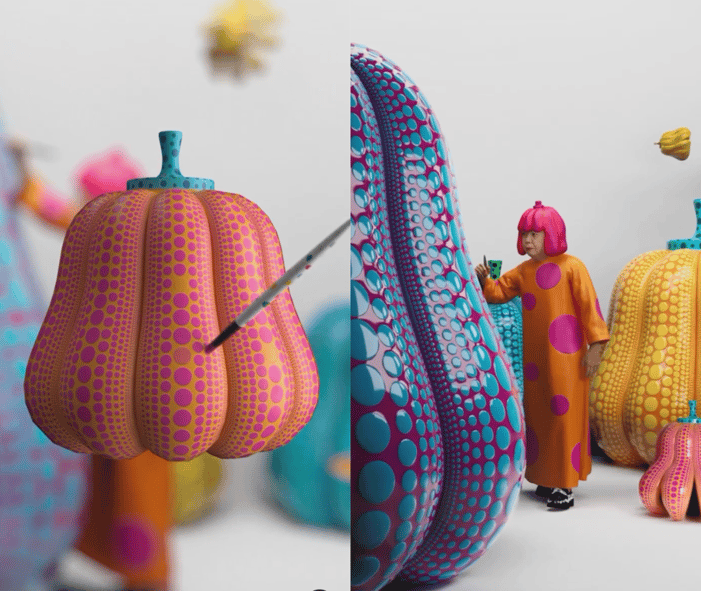
Louis Vuitton’s parent company LVMH, which also controls several other luxury brands (including Christian Dior, Fendi, Givenchy, and Marc Jacobs), also announced a partnership with Epic Games last summer. The company claims the partnership will see it use Epic’s 3D creation tools to offer new experiences and unlock further growth opportunities, such as virtual fitting rooms, fashion shows, and 360 product carousels.
Fashion brands are also reaching younger people where they are: in-game
Younger players are perhaps less likely to be interested in the steep price tags of luxury names. However, in recent years, lifestyle fashion brands have identified popular gaming platforms, such as Roblox and Minecraft, as the right arenas to reach and creatively engage younger demographics.
Last year, shoe brand Clarks (a well-known distributor of childrens’ shoes in the UK) launched a series of Roblox activations to promote its kids’ footwear lines to young consumers — including a game called Playprints World, which stars colorful anthropomorphic animals that match decals on real-life shoes manufactured by the brand. As of last summer, Clarks claimed it had seen an upward of 1.3m gameplays on the platform.
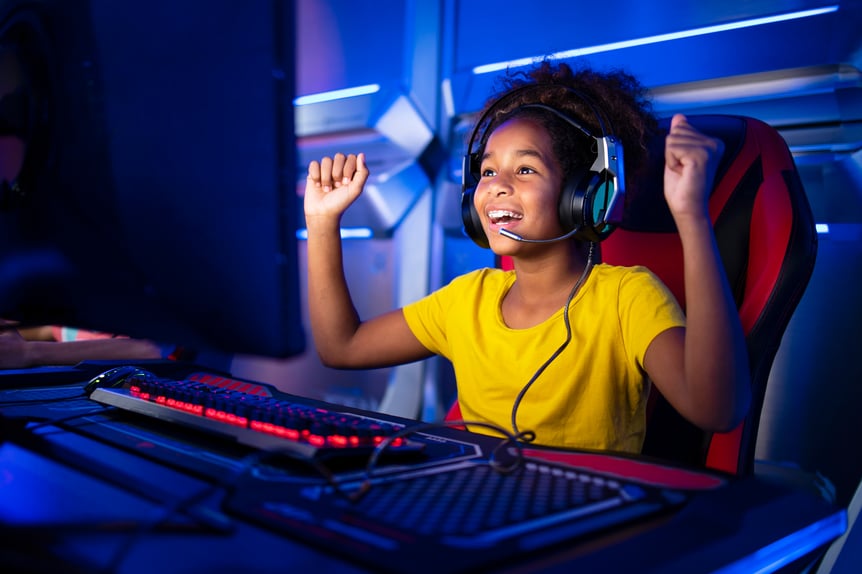
Minecraft also produced a similar in-game advertising campaign last spring, which allowed players to build creations through an AR overlay and dress their avatars in digital versions of the popular footwear. The activation also included a themed real-life counterpart that was released in stores.
Games are also where fashion brands can reach diverse audiences
While fashion brands have the advantage of connecting with younger demographics in popular gaming platforms, they also have the ability to reach diverse audiences that make up the larger gaming population — such as women (who, according to statistics, make up half of the world’s total gamers).
Tommy Hilfiger launched an activation last spring to promote its Classics Reborn Spring Campaign in collaboration with singer Shawn Mendes. Targeting males and females aged 30 to 35 living in Berlin, Milan, London, and Paris (where its stores were located), the premium lifestyle brand realized that passionate gamers made up a significant portion of its core audience.
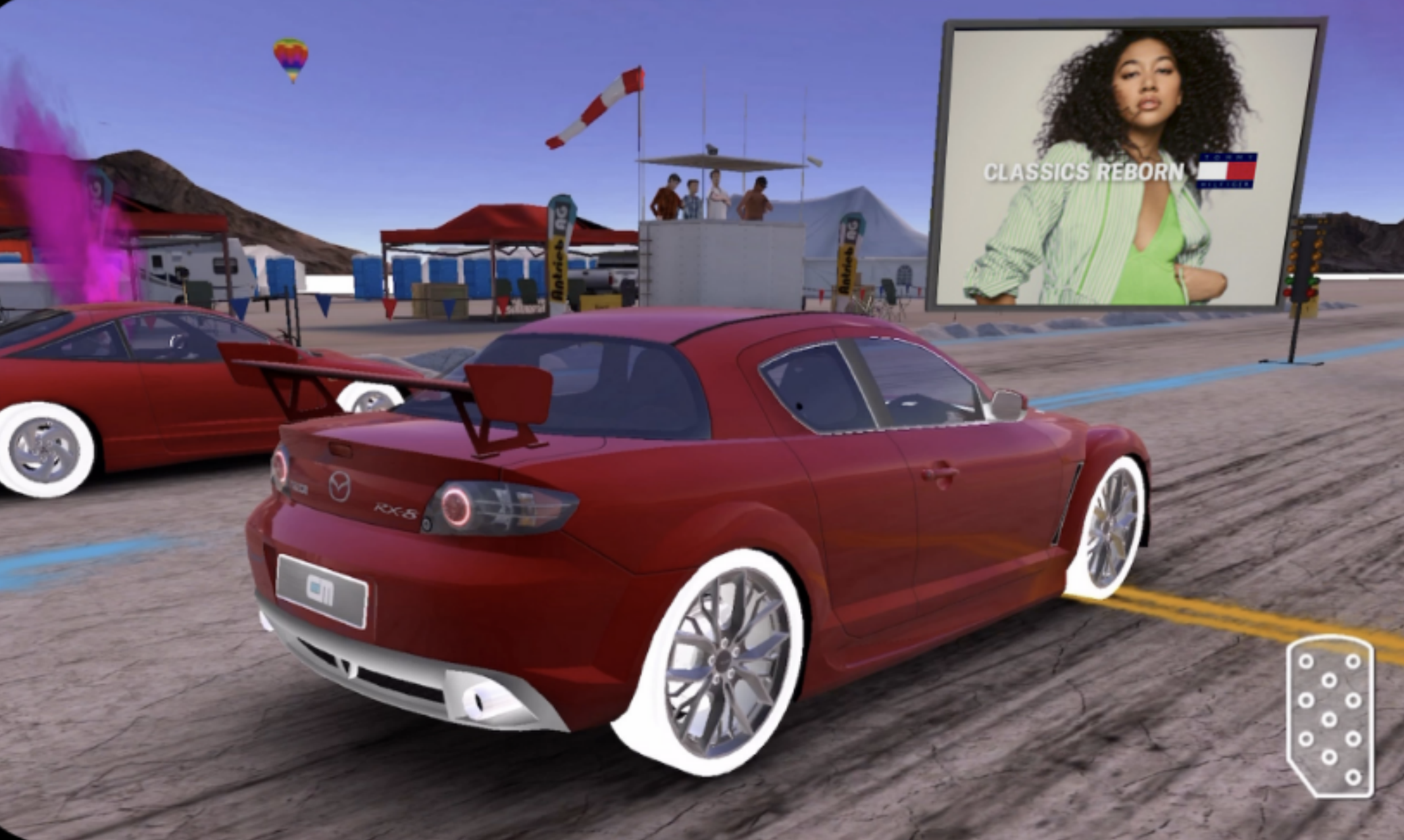
With a goal to drive awareness of the new collection among a new, untapped audience, we worked with Tommy Hilfiger to integrate their display and video creatives across a series of premium mobile games, all while providing a non-disruptive ad experience.
After using multiple creative sets featuring different products, Tommy Hilfiger reached millions of players and saw a 14pt lift in ad recall after exposure, a 20pt lift in brand favorability, a 24pt lift in brand recommendation, and a 23pt lift in purchase intent. (Check out the full Tommy Hilfiger case study).
We also teamed up with the fashion brand Levi’s to promote its 501 jeans brand range across several premium mobile and PC titles from our inventory — including hugely popular games such as Trackmania, Tennis Clash, and Gravity Rider Zero.
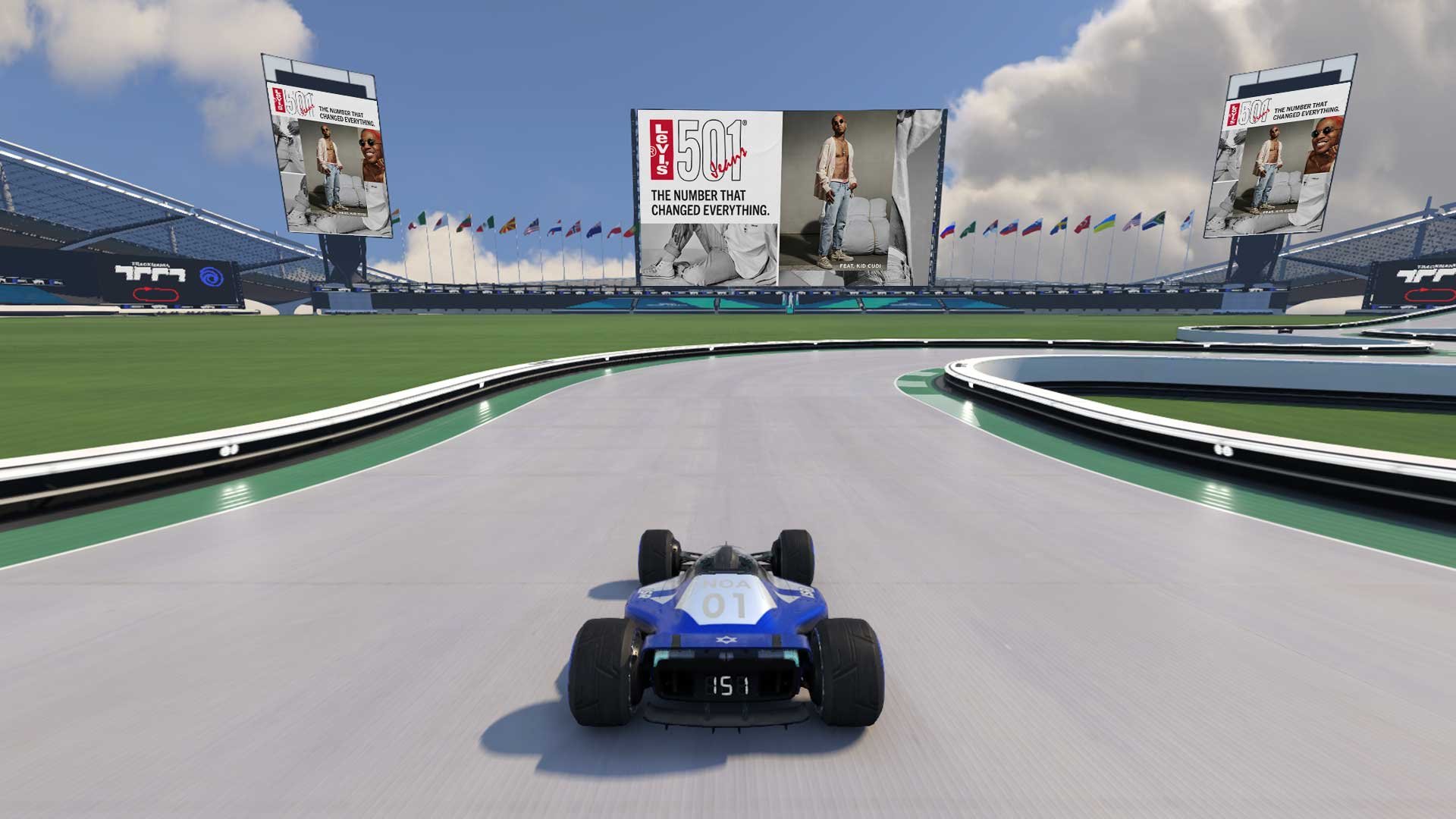
The renowned denim brand saw a 6% increase in brand consideration and a 16% increase in brand ad recall among premium jeans buyers. Nearly two-thirds of players also took an action of some sort, which included visiting Levi’s website or making a purchase. (View the full Levi’s case study).
What's next?
After running brand lift studies across various intrinsic in-game advertising campaigns from some of the world’s biggest fashion brands, we have found huge impact across the board — including a 3%pt lift in brand favorability, a 4%pt lift in positive brand perceptions, and a 7%pt lift in spontaneous brand awareness. This demonstrates how games are a place where fashion labels can win positive attention from consumers and also how in-game ads can help them drive impact for their brand, however, the ads must be designed in the right way in order to accomplish this.
As the relationship between fashion and gaming continues to grow, so will innovative approaches for brands to engage with players — as well as opportunities for them to do so in ways that are creative, memorable, and respectful of gameplay.
P.S. Whenever you’re ready, here are 4 ways we can support your in-game advertising journey:
- In-Game Guides - Explore in-depth guides that unpack the key areas of intrinsic in-game advertising.
- Monthly Updates - Stay ahead with our newsletter, featuring insights, updates, and tips for maximizing your campaigns.
- Real Results - See how leading brands are leveraging in-game technology by browsing our case studies.
- Expert Advice - Got questions? Drop us a message, and one of our team members will get back to you with insights or set up a time to chat.